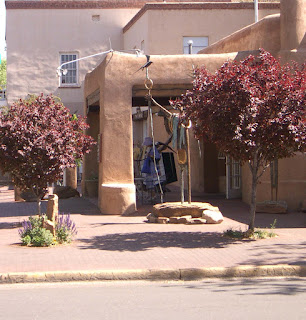Since April is Poetry Month, I would like to post a couple of my poems. These were published a while back.
SAWDUST
By Lupe Ruiz-Flores
Stained old muslin apron
wrapped around his ample middle
grocer dips into sawdust barrel
sprinkles the powdery shreddings
across the wooden floor.
Like snowflakes they fall
making no sound
as they settle gently
on the decayed wood
once itself part of a tree.
Scent of freshly cut wood
uniting with old gray boards
a blend of yesterday and today
like cousins at a reunion.
Published in San Antonio Express-News
The Time Piece
By Lupe Ruiz-Flores
Like a pendulum I swung
from your golden chain I dangled
in tune with your heartbeat
the ups and downs of your life.
A slice of treasured time
reflected in my golden armor
I played my soulful music
as you commanded.
My cover, an ornate, gilded eagle
perched proudly on solid rock
a reminder of the solidarity
we once shared.
Detached from you forever
I now become someone’s heirloom
my fine, embellished lines
caressed by the next in line.
Published in Voices Along the River – San Antonio Poetry Fair
Award-winning author Jane Yolen offers tips on writing a poem on Katie Davis’ blog.
“Love the writing, love the writing, love the writing… the rest will follow.” Jane Yolen
 Got home and a pleasant surprise awaited me. My hardcover copies of my picture book, Alicia’s Fruity Drinks/Las aguas frescas de Alicia, had arrived. Even though this is my fourth book, the excitement of holding the latest book in your hands never diminishes. I ran my fingers over the smooth cover and stared in admiration at the gorgeous illustrations that author/illustrator Laura Lacamaracreated. So, thank you, Laura, for making “our” book so special.
Got home and a pleasant surprise awaited me. My hardcover copies of my picture book, Alicia’s Fruity Drinks/Las aguas frescas de Alicia, had arrived. Even though this is my fourth book, the excitement of holding the latest book in your hands never diminishes. I ran my fingers over the smooth cover and stared in admiration at the gorgeous illustrations that author/illustrator Laura Lacamaracreated. So, thank you, Laura, for making “our” book so special.








